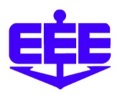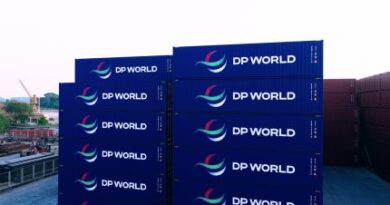The Nuclear Submarine NR-1; Life Is Actually Like
Nuclear energy, and, particularly for me, nuclear ship propulsion, continues to be a tantalizing solution to CO2 reduction.
We know nuclear energy works, but from that point on there appear to be more questions than answers. The questions range from economic viability to waste disposal concerns. I am not a nuclear engineer, but in general engineering systems terms, I have followed nuclear power for decades. That is not hard to do, since the pace of nuclear innovation has been slow to say the least. In essence, I only have to wake up every decade or so, take a quick look, and go back to sleep.
That is broadly true, but in the details it is not. For example, I will admit that nuclear waste hype hoodwinked me, and I worried about that until we became involved in a nuclear plant decommissioning a few years ago. There I discovered that the plant’s nuclear waste was peacefully sitting in what was essentially a swimming pool, just waiting for it to be sufficiently decayed for storage in low level waste disposal like Yucca mountain (or reprocessed, but that is yet another confusing story).
Yucca mountain got covered in misinformation and did not happen. Overall, costs went through the roof, and nuclear power became a red headed stepchild.
And whenever nuclear power was discussed, the discussion focused on the worst examples (and I will admit there are some really bad examples of past errors in the development of nuclear power). This means that nuclear power is considered to be too manpower intensive, too expensive to operate, has too many security concerns and is inherently unsafe.
The last time I woke up to get an update on nuclear power I discovered that there are real and realistic efforts to finally move nuclear power to a more realistic, safe, secure and economic position. And quite frankly, the new reactor designs really look attractive from a ship propulsion point of view.
But when the discussion turns to ship propulsion, inevitably the inefficiency of the NS Savannah, or the high security needs of US Navy vessels is raised.
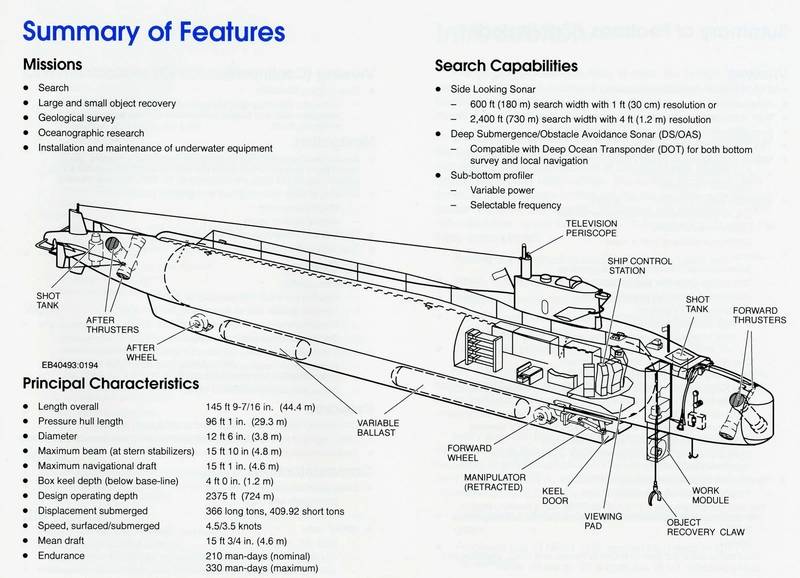 Image courtesy U.S. Naval Undersea Museum – approved for public release
Image courtesy U.S. Naval Undersea Museum – approved for public release
It is important to rely on past experience to figure out how to solve problems, but I am suggesting that we are looking at the wrong examples and I want to add another example to the general discussion.This example, the NR-1 submersible, has intrigued me for decades.
The vessel was designed and constructed through Admiral Rickover’s political machinations and launched in 1969. She served longer than Admiral Rickover and was not decommissioned and scrapped until 2008.
The NR-1 was actually more correctly a small US Navy nuclear submarine than a submersible. She displaced about 400 tons, was about 150 feet long with a pressure hull less than 12 feet in diameter and a crew of about 11.
It had a mini version of the classic US Navy pressurized water reactor, but it only ran a turbo generator. The entire vessel was electric drive and she had tons of neat gadgets that were used for her still often classified activities. She could operate independently for weeks, and dive much deeper than US Navy subs.
There is very little detailed literature available on her design and that is a shame. With shipboard nuclear we often think in terms of very big and fancy, but NR-1 has proven that nuclear can work quite well on a small scale too. I am not advocating that all vessels down to 150 feet in length should be nuclear, but if big works, and small works; intermediate will work too.
What, to me, was most striking is that the NR-1 was a 24/7 vessel that had such a tiny crew. No doubt the crew was ultra qualified, but with three watches there could be no more than one reactor engineer per watch. There is very little public information on the NR-1 and I always felt I had insufficient information to advance the argument that small nuclear is beautiful, and I never could put my finger on more specific information.
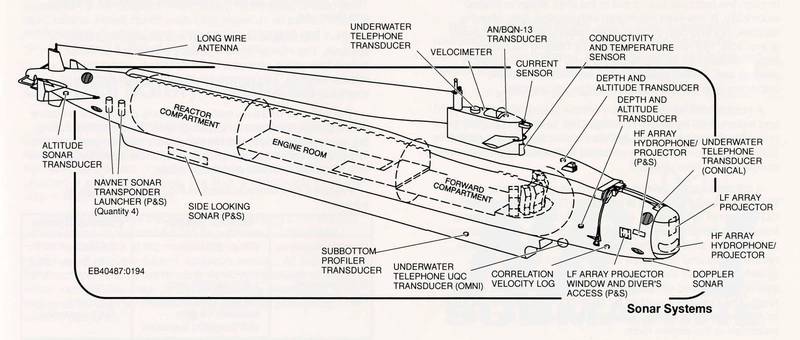 Image courtesy U.S. Naval Undersea Museum – approved for public release
Image courtesy U.S. Naval Undersea Museum – approved for public release
At our last holiday reception, I was in the middle of a nuclear power discussion with a small group of fellow engineers, and raised the subject of the NR-1 when a person in an adjacent social circle turned around. It was Alan Weigel, a long-time friend and client, known to me as an ex-nuclear submariner, but presently an admiralty attorney.
And here was a genuine Annie Hall, Marshall McLuhan moment. I am referring to the great scene in the movie where Woodie Allen ends the scene by breaking the fourth wall and saying: “If only life were like this.”
Well friends, life sometimes is like this. Alan said: “NR-1? I sailed on the NR-1.”
Thanks to food and drink with friends, and the arrogance of raising half developed arguments among engineers, I had struck the mother lode.
Alan gave us the full dope on the NR-1 and confirmed that nuclear propulsion does not have to be fancy. If well designed, it is simply another propulsion mode. The NR-1 was an amazing vessel, but its nuclear propulsion was simply another piece in a well designed whole. And its design was very much a minimalist design, not the just the propulsion/power plant; also its accommodations, which were truly minimal. Although even there Alan noted that the microwave chicken nuggets were excellent.
Based on his input, the discussion shifted from: “well maybe it won’t work” to what new reactor designs are being worked on to make commercial nuclear propulsion finally a reality. It was a microcosm of the conversation that needs to take place at the national, and even international, level.
A few months ago, I was aboard the NS Savannah and took a picture of the bar [below]. Now I am wondering if nuclear propulsion would have advanced much faster if that bar had continued to operate. Never underestimate the power of random technical conversations in “proper” social settings.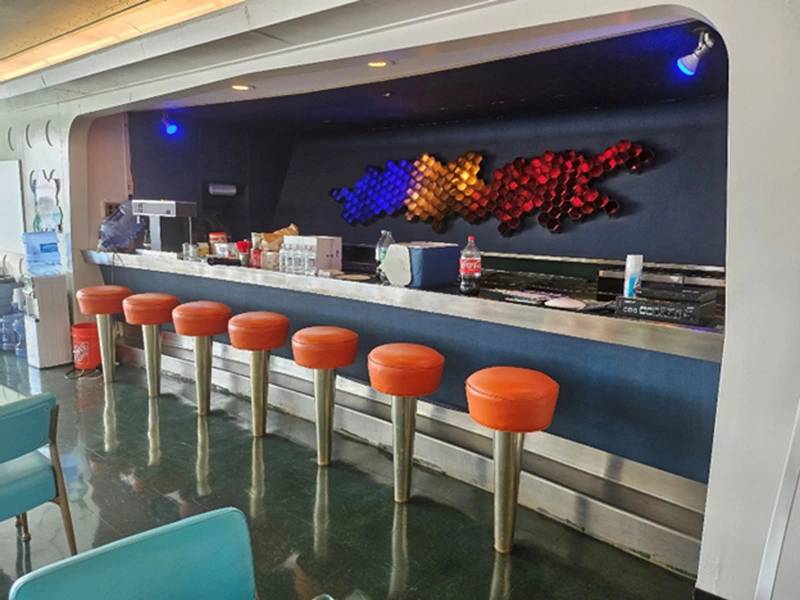 The bar area inside NS Savannah. Photo courtesy Rik van Hemmen
The bar area inside NS Savannah. Photo courtesy Rik van Hemmen
For each column I write, MREN has agreed to make a small donation to an organization of my choice. For this column Alan Weigel chose the Connecticut Maritime Association Education Foundation.



